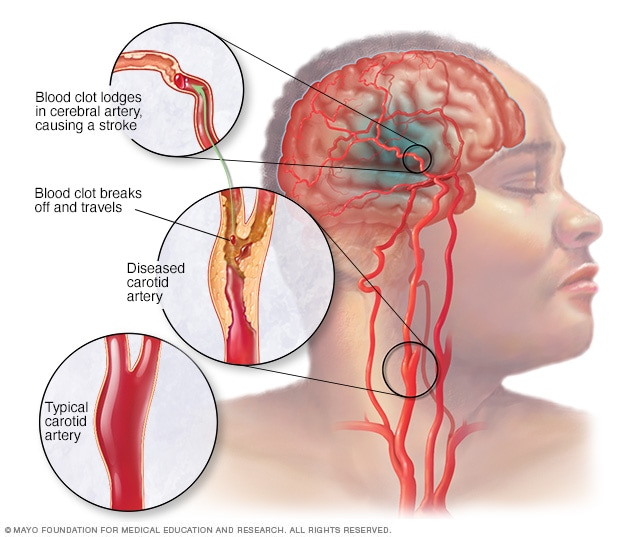A nurse in an assisted living facility is collecting data from an older adult client who fell in their room and hit their head on the dresser. Which of the following findings is the nurse's priority?
Unable to remember their adult children's names.
Unable to remain fully awake while answering questions.
Unable to repeat the names of three common objects the nurse names.
Unable to answer a judgment question correctly.
The Correct Answer is B
Choice A reason:
While memory lapses, such as being unable to remember their adult children's names, can be concerning, they are not the immediate priority following a head injury. Memory issues may result from various factors, including the emotional shock of the fall or pre-existing cognitive conditions.
Choice B reason:
The inability to remain fully awake, or altered levels of consciousness, is a critical sign that may indicate a serious brain injury, such as a concussion or hemorrhage. This finding requires urgent attention to prevent further complications, making it the nurse's priority.
Choice C reason:
Difficulty in repeating the names of three common objects could suggest cognitive impairment or confusion, which are concerning but secondary to consciousness and alertness issues. Cognitive assessments are part of a broader neurological evaluation following a head injury.
Choice D reason:
Incorrectly answering a judgment question is part of a cognitive assessment and, while important, does not take precedence over signs that may indicate a life-threatening condition, such as changes in consciousness.
Nursing Test Bank
Naxlex Comprehensive Predictor Exams
Related Questions
Correct Answer is C
Explanation
Choice A Reason:
Administering the feeding solution at a cold temperature is not recommended because it can cause discomfort and potentially lead to gastrointestinal symptoms such as cramping. The feeding solution should be at room temperature to ensure the comfort of the client and to prevent any unnecessary complications.
Choice B Reason:Typically, the tube is flushed with about 30 mL of water before and after feedings to ensure patency and prevent clogging, not 90 mL.
Choice C Reason:Elevating the head of the bed helps prevent aspiration and promotes proper digestion by using gravity to keep the feeding solution in the stomach or jejunum.
Choice D Reason:
Rotating the jejunostomy tube once per day is not a standard practice and is generally not recommended. Rotating the tube can cause irritation to the jejunum and may increase the risk of complications such as infection or dislodgement of the tube.
Correct Answer is C
Explanation
Choice A reason:
Having a total cholesterol level below 200 mg/dL is actually considered desirable and does not increase the risk for a stroke. It is when the cholesterol level is high that the risk for atherosclerosis (plaque buildup in arteries) and consequently, stroke, increases. The American Heart Association recommends that total cholesterol levels should be less than 200 mg/dL to reduce the risk of heart disease and stroke.
Choice B reason:
Glucocorticoids are not typically prescribed to decrease the risk of stroke in patients with diabetes mellitus. In fact, glucocorticoids can increase blood glucose levels and potentially worsen diabetes control, which could indirectly increase the risk of stroke. Stroke prevention in diabetes focuses on controlling blood glucose, blood pressure, and cholesterol levels, as well as lifestyle modifications such as diet and exercise.
Choice C reason:
Losing excess weight is a recognized strategy for reducing the risk of stroke, especially in individuals with diabetes mellitus. Excess weight can contribute to high blood pressure, increased cholesterol levels, and poor blood glucose control, all of which are risk factors for stroke. Weight loss can improve these parameters and thus reduce the risk.
Choice D reason:
An HbA1c level of 6 percent or less is typically a goal in diabetes management to indicate good blood glucose control and does not increase the risk for a stroke. On the contrary, maintaining an HbA1c level within the target range helps reduce the risk of diabetes-related complications, including stroke.

Whether you are a student looking to ace your exams or a practicing nurse seeking to enhance your expertise , our nursing education contents will empower you with the confidence and competence to make a difference in the lives of patients and become a respected leader in the healthcare field.
Visit Naxlex, invest in your future and unlock endless possibilities with our unparalleled nursing education contents today
Report Wrong Answer on the Current Question
Do you disagree with the answer? If yes, what is your expected answer? Explain.
Kindly be descriptive with the issue you are facing.
